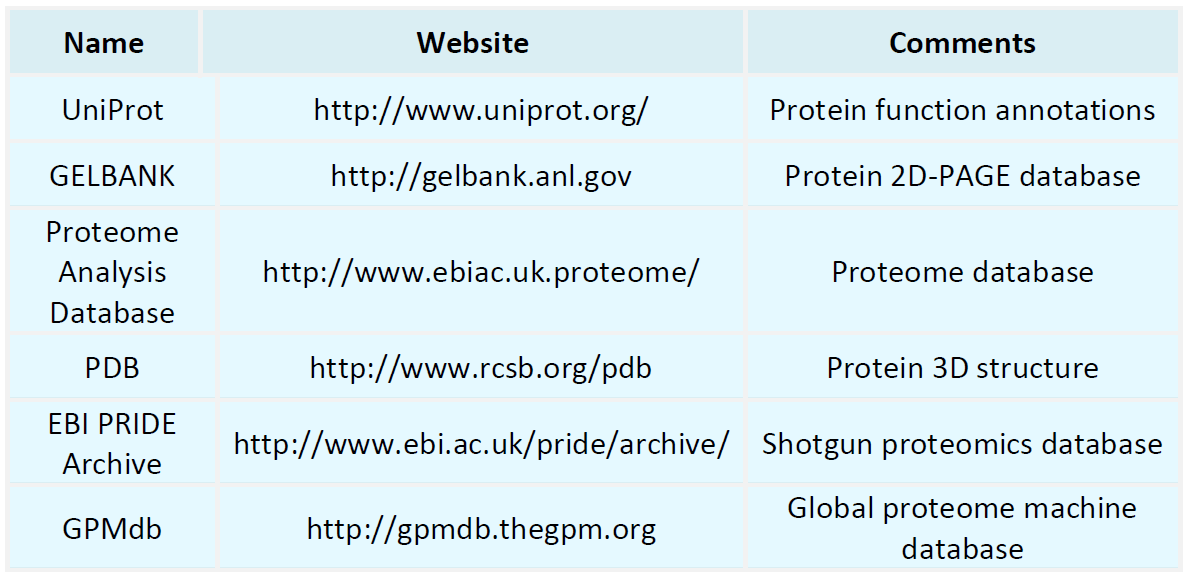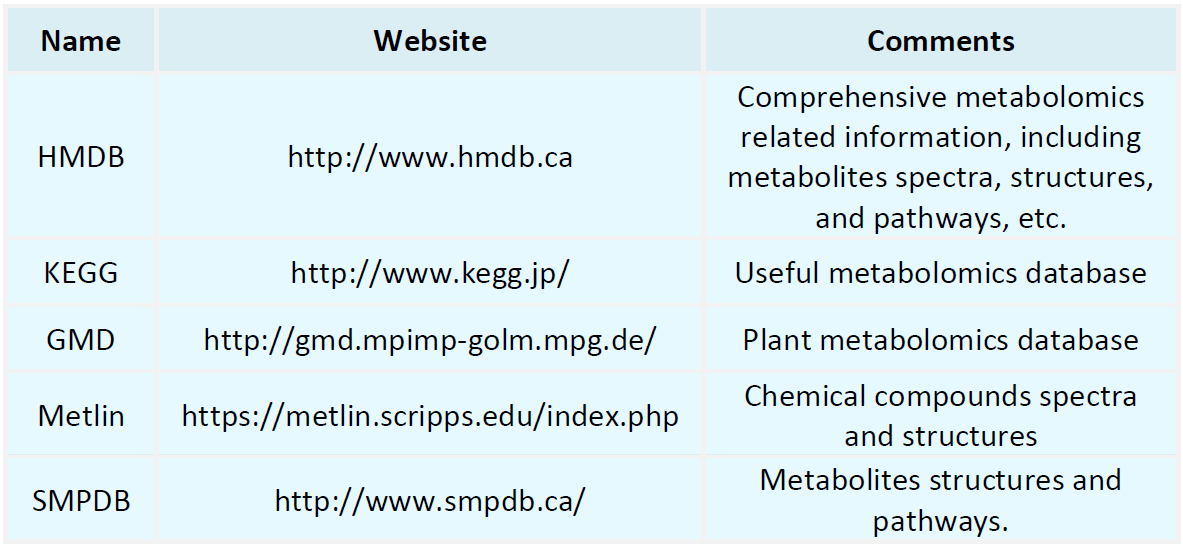Resources
Proteomics Databases

Metabolomics Databases

-
• How Can Chemical Proteomics Improve the Accuracy of Protein Target Identification
In the fields of drug discovery, mechanism elucidation, and functional protein characterization, achieving accurate protein target identification remains a central challenge in biomedical research. While traditional proteomics techniques have enabled high-throughput profiling, they often fall short in directly capturing interactions between small molecules or candidate drugs and their protein targets, due to high off-target effects and limited specificity. With ongoing technological advances, chemical .....
-
• Chemical Proteomics: Principles, Methods, and Applications
In modern proteomics research, data-dependent and targeted acquisition strategies such as DDA, DIA, and PRM have been widely adopted to reveal protein expression profiles and abundance dynamics. However, these approaches primarily emphasize the presence and quantity of proteins, making them insufficient for directly characterizing functional states, such as enzymatic activity, drug-binding sites, or conformational changes. To address this limitation, the field of Chemical Proteomics has emerged.
-
• Comparative Analysis of Shotgun and Targeted Proteomics
In contemporary proteomics research, the selection of an appropriate mass spectrometry strategy plays a critical role in determining the depth, accuracy, and translational potential of the resulting data and findings. During the initial phase of a study, broad exploratory analyses are often required, for which discovery proteomics—also referred to as the "shotgun approach"—is typically employed. Once candidate targets have been identified, the focus shifts to a verification phase that demands high .........
-
• When to Choose Edman Sequencing Over Mass Spectrometry: A Practical Guide
In protein research, the choice of sequencing strategy often determines the overall success of an experiment. Although mass spectrometry (MS) has become the dominant tool for protein sequencing, Edman degradation remains indispensable in specific contexts. Determining when Edman sequencing is preferable to mass spectrometry involves not only optimizing experimental design, but also enhancing the interpretability and applicability of results. This article provides an in-depth analysis of the two strategies..
-
• Edman Degradation Sequencing: A Reliable Method for N-Terminal Protein Analysis
Introduction: Accurate Identification of N-Terminal Sequences Lays the Foundation for Protein Research Precise identification of amino acid sequences is a fundamental step toward understanding the structure and function of proteins. While modern mass spectrometry has become a powerful tool in proteomics, the classical Edman degradation method remains indispensable in certain specific contexts. This chemical approach sequentially decodes protein sequences from the N-terminus and continues to be widely.......
-
• Workflow of Edman Degradation
With the rapid development of proteomics, mass spectrometry (MS) has become the predominant method for protein sequencing. Nevertheless, Edman degradation, as a classical N-terminal sequencing technique, remains indispensable in specific applications. In particular, it plays a vital role in identifying N-terminal modifications, verifying the accuracy of recombinant protein expression, and characterizing novel peptide sequences, due to its direct and highly accurate sequencing capabilities.
-
• How Does Edman Sequencing Enable N-Terminal Protein Sequencing? Key Steps and Mechanisms
How Does Edman Sequencing Enable N-Terminal Protein Sequencing? The core principle of Edman degradation lies in the selective chemical degradation of N-terminal amino acids, where each amino acid residue at the protein’s N-terminus is sequentially removed through a cyclization–cleavage process and identified as a stable derivative. This method employs a chemical reaction in which phenyl isothiocyanate (PITC) specifically reacts with the N-terminal amino acid, allowing for stepwise cleavage and ........
-
• History, Current Status, and Future Trends of Edman Degradation
The function of a protein is fundamentally determined by its structure, which in turn is based on its primary sequence. As early as the mid-20th century, prior to the advent of DNA sequencing technologies, protein sequencing had already initiated the exploration of life's structural foundations. At the heart of this breakthrough was a pivotal invention: the Edman degradation method. Over the past seventy years, Edman degradation has evolved from a manually operated technique to an automated analytical......
-
• Edman Sequencing vs. Mass Spectrometry: A Comparison of Protein Sequencing Techniques
Edman Sequencing and Mass Spectrometry (MS) are two of the most widely employed protein sequencing techniques for elucidating the primary structure of proteins. Edman sequencing involves stepwise chemical cleavage, whereas Mass Spectrometry utilizes ionization and fragmentation processes followed by analysis of the resulting mass-to-charge ratios. This paper presents a detailed comparison of these two methods, aiming to clarify their respective strengths, limitations, and appropriate applications.
-
• Role and Limitations of Edman Degradation in Protein Analysis
Edman degradation has been widely utilized in biochemistry, proteomics, and structural biology since its introduction by Swedish scientist Pehr Edman in 1950. This method primarily determines the N-terminal amino acid sequence of proteins and continues to play a significant role in analyzing their primary structure. However, with the rapid advancement of modern mass spectrometry technology, the scope of Edman degradation has become increasingly limited. This paper discusses the specific applications and....
How to order?







